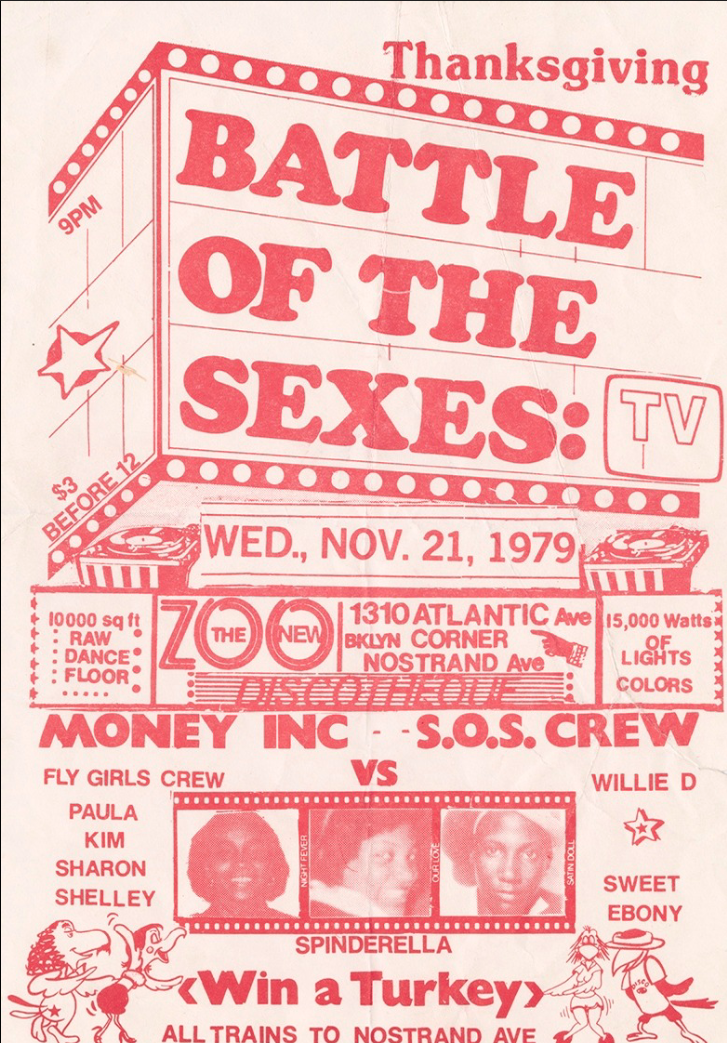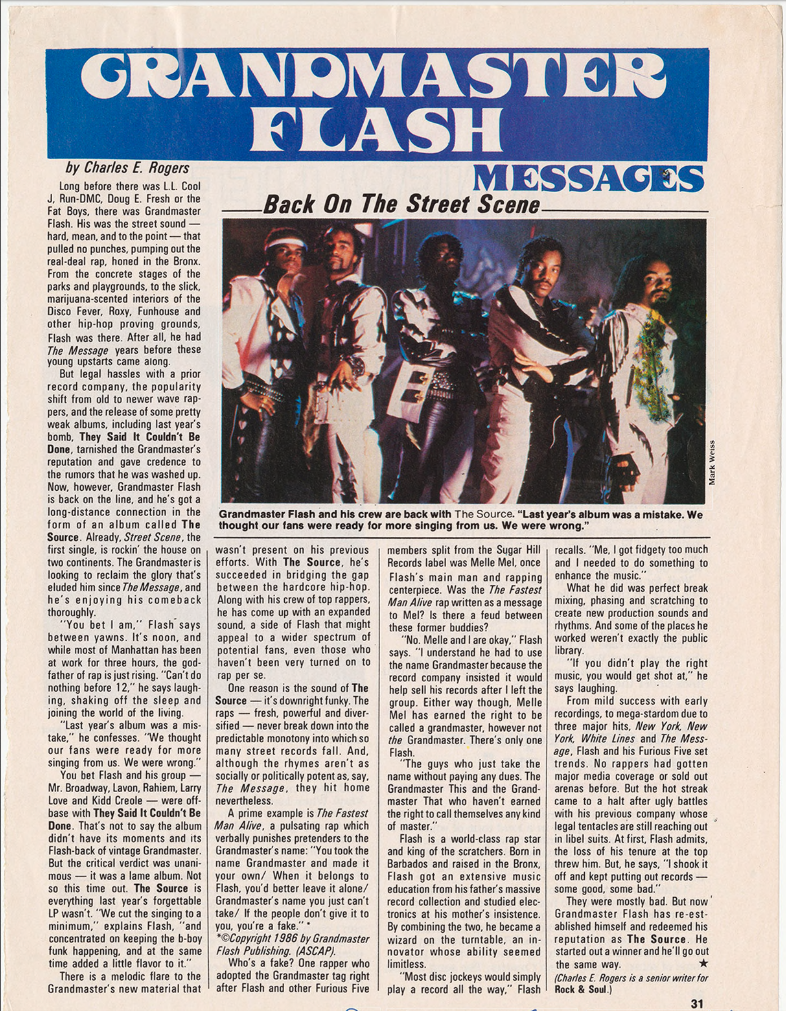Would Benedict Cumberbatch have such ardent fans if he couldn’t read poetry so well? Almost certainly he would, although his way with verse still seems not like a bonus but an integral component of his dramatic persona. Though not easily explained, that relationship does come across if you hear any of the actor’s readings of poetry. In the video above, Cumberbatch performs “Ode to a Nightingale,” the longest and best-known of John Keats’ 1819 odes that casts into verse the poet’s discovery of “negative capability,” or as he defined it in a letter two years earlier, “when a man is capable of being in uncertainties, mysteries, doubts, without any irritable reaching after fact and reason.”
Yet one senses that the Cumberbatch fans who put up these videos, such as the one accompanying “Ode to a Nightingale” with imagery reminiscent of a Tiger Beat pictorial, care less about his negative capability than certain other qualities. His voice, for instance: the uploader of the video combining five poems just above describes as “the velvety dulcet tones of a jaguar hiding in a cello.”
That compilation includes “Ode to a Nightingale” as well as Shakespeare’s “The Seven Ages of Man” (“All the world’s a stage”), Lewis Carroll’s “Jabberwocky,” a piece of Dante’s Divine Comedy, and Samuel Taylor Coleridge’s “Kubla Khan.” With Coleridge’s dream of Asia and Dante’s Italian vision of the afterlife, this poetic mix does get more exotic than it might seem (at least by the standards of the eras from which it draws).
But Cumberbatch, who in 2015 received the honor of Commander of the Most Excellent Order of the British Empire from the Queen and even read at the reburial ceremony of King Richard III, clearly matches best with the canon of his native England. As a versatile performer, and thus one who presumably understands all about the need for negative capability, Cumberbatch and his cello-hidden jaguar delivery (a poetic description, in its own way) has done justice in the past to Kafka, Kurt Vonnegut, and Moby-Dick. Still, one wonders what poem Cumberbatch could perform in order to achieve an unsurpassable state of peak Englishness. How long could it take for him to get around, for instance, to “If—”?
Cumberbatch’s reading of “Ode” will be added to our collection, 1,000 Free Audio Books: Download Great Books for Free.
Related Content:
F. Scott Fitzgerald Reads Shakespeare’s Othello and Keats’ “Ode to a Nightingale” (1940)
Coleridge’s Rime of the Ancient Mariner Animated: A Classic Version Narrated by Orson Welles
Hear Benedict Cumberbatch Read Kafka’s The Metamorphosis
Based in Seoul, Colin Marshall writes and broadcasts on cities and culture. His projects include the book The Stateless City: a Walk through 21st-Century Los Angeles and the video series The City in Cinema. Follow him on Twitter at @colinmarshall or on Facebook.













